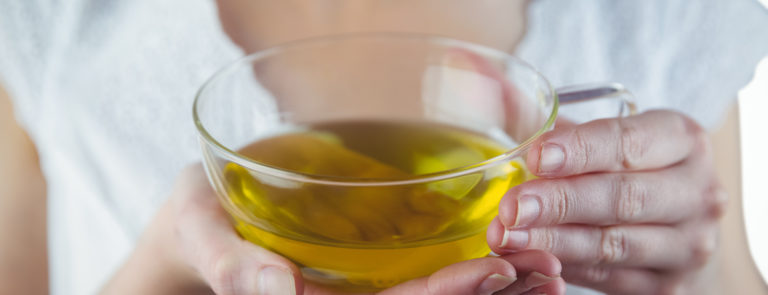15% off €35 OR 20% off €45
We answer your most Googled questions on high-protein foods
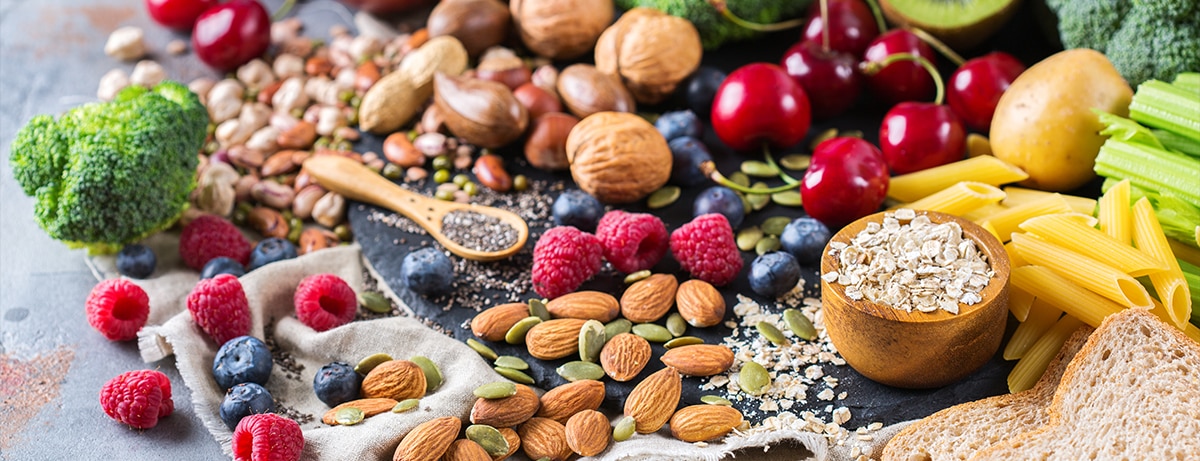
It feels like protein’s everywhere! We’re used to finding it in meat and beans, but now foods like puddings, pizzas, and even pancakes are flaunting their protein content.
But what exactly does a high-protein diet do? How much do you need? And what are the best foods to get protein from?
Don’t worry: we’ve answered the most Googled questions on high-protein foods...
1. What is a high-protein diet?
A high-protein diet is one that includes more protein than your Reference Nutrient Intake (RNI). Some diets might specify that a certain amount of your daily calorie intake comes from protein.
It’s important to note that most people in the UK, including vegetarians and vegans, get enough protein in their daily diet.1 You may only need extra protein if you’re doing extreme activity, if you’re pregnant or breastfeeding, or if you’re an older adult.2
2. What foods are high in protein?
2. What foods are high in protein?
- Beans
- Pulses (including peas and lentils)
- Meat and fish
- Eggs
- Dairy products, like milk, cheese, and yoghurt
Are all good sources of protein.3
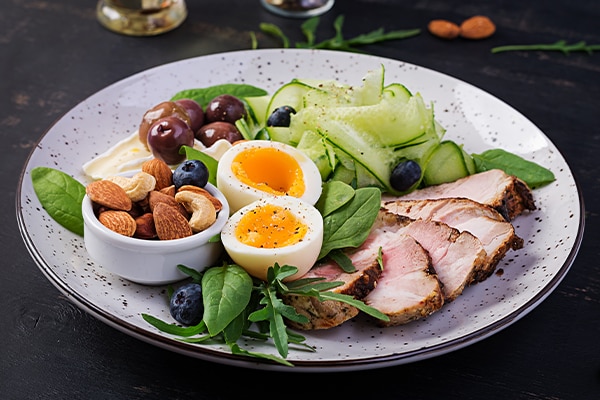

3. How many grams of protein should you eat in a day?
Most adults should aim for about 0.75g of protein per kg of body weight per day.4 For example, if you weigh 60kg, your recommended intake would be 45g of protein per day.
4. What happens when your diet is high in protein?
For most people, it only matters that your diet is sufficient in protein rather than high in it.5
Protein is essential for our growth, development, and repair. It may also increase our metabolism, making it easier to lose fat, and help preserve our strength as we age.6
It matters more where your protein is coming from and what else is in your diet. If you’re getting your protein from lots of red meat, your saturated fat intake will increase and you’ll be more at risk of chronic conditions.7
If you’re cutting out carbs to make room for extra protein, you might experience symptoms like headaches or constipation.8
5. What foods burn belly fat?
5. What foods burn belly fat?
Belly fat (visceral fat) is stored around vital organs like the liver and pancreas. This kind of fat can increase your risk of certain chronic health conditions.9
Protein can help you feel fuller than carbs and fat. When you include a source of lean (low-fat) protein in your meals, you may find you eat less as you’re satisfied more quickly.10
It’s also important to avoid saturated fats where you can. Low-fat alternatives to some foods (like dairy products and soft drinks) may contain extra sugar, so be sure to check the labels.
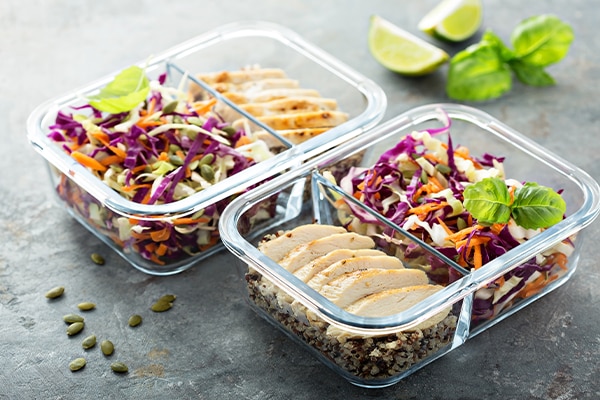

6. What is the number 1 protein food?
There’s no one “best” food if you’re trying to increase your protein intake. It’s a good idea to get a balance of many high-protein foods, if they work with your diet.
For meat and fish, chicken breast, beef mince, and cod provide some of the most protein per serving. Soya protein, eggs, and tofu also offer high levels of protein per serving.11
So do cheddar cheese and baked beans, though you should watch out for other ingredients in these (for example, the fat content in cheese or the sugar content in baked beans).12
7. What protein should I eat for breakfast?
Natural yoghurt is a great source of protein – top with fruit, honey, granola, or nuts and seeds.
Eggs have lots of protein, too. Poach, boil, or scramble them and enjoy with wholemeal toast, tomatoes, or baked beans (another protein-loaded option). If you don’t eat eggs, a tofu scramble is a good alternative.
A protein shake is also ideal if you’re low on time or find it difficult to stomach food in the morning. While breakfast meats like sausages and bacon do contain protein, they’re also processed and contain high levels of saturated fat.13
8. Is a high-protein diet safe?
8. Is a high-protein diet safe?
There’s not currently enough data to set a safe upper limit for protein intake. However, you should take care to keep eating a balance of food groups if you’re increasing your protein.14
Some people go on diets, like the keto diet, that simultaneously increase their protein intake and limit other areas (carbohydrates, for keto). While this can usually be done safely, certain diets may not work for everyone.
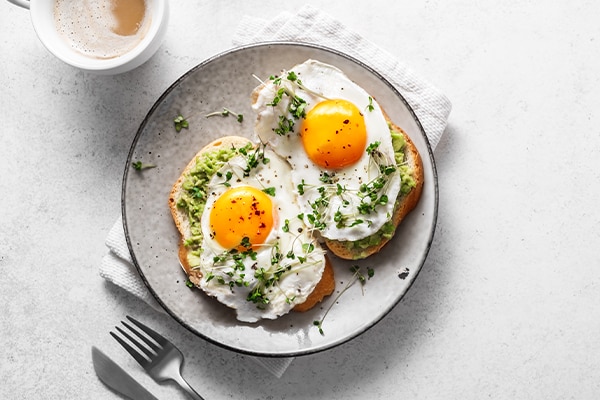

The final say
Protein is vital for our everyday energy and growth. Luckily, most people in the UK get the amount they need.
Try to get your protein from varied and nutritious sources, and you’ll be even more nourished and ready to move!


